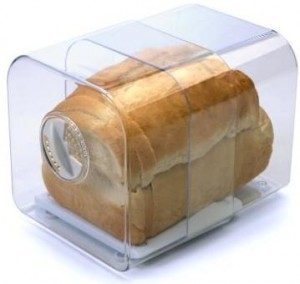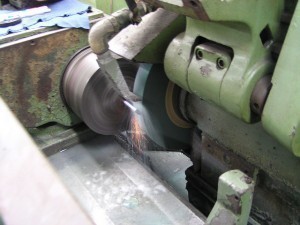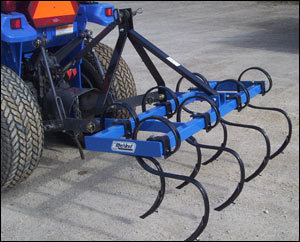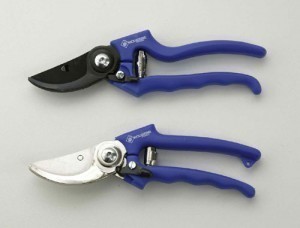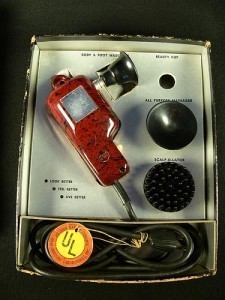Biggest Hard Drive
The biggest hard drives today can store up to 3 terabytes. In terms of physical size, the largest is the 305 RAMAC IBM Model 350. Introduced by IBM in 1956, it was the first hard disk ever made. The drive weighed in at a ton. It can store 5 MB of data. The hard drive would also become known as a hard disk.
Facts about the 305 RAMAC
The 305 RAMAC was composed of a magnetic disk memory unit, pneumatic and electronic controls. The unit was 29 inches deep, 68 inches high and 60 inches long. The RAMAC had fifty magnetic disks with 50,000 sectors. These hard disks were leased for $3,200 monthly in 1957.
The early hard drives were very large and difficult to use. Owing to their design, the hard disks could only be used in protected settings, not homes or offices. Drives equipped with removable media were as large as washing machines.
Disk drives were not usually used with computers until 1980. That was the year Seagate Technology released the first 5.25-inch hard disk. It had a capacity of 5 MB.
Development
From the 1980s onward, the capacity of hard disks would increase dramatically. During the early days of personal computers (late 80s to early 1990s), a 20 MB drive was regarded as large.
Around the mid 1990s, 1 GB (gigabyte) hard disks became commonplace. The standard size of hard disks today is between 300 GB to 1000 GB. While the biggest hard drives are in the 3 terabyte range, they are not commonplace.
Other Information about Hard Disks
While disk sizes differ, they are all used to hold computer programs and files. Disks use technology akin to video and cassette tapes. Cassettes use thin tape strips to hold data. Hard disks have round platters that are layered with a similar recording mechanism.
The hard disk platters are usually composed of aluminum or glass. The glossy surface is due to the magnetic material. It is imperative the surface is clean. Small dust particles may cause damage.
How a Disk Reads Data
The head within the drive is responsible for reading the data on the computer. This head is connected to an arm linked to the platters. Modern hard disks have numerous platters stacked over one another. All are on the same arm. The platters turn the moment the computer is switched on.
Even the biggest hard drives can get damaged, resulting in partial or total data loss. That is why backing up data is very important.
